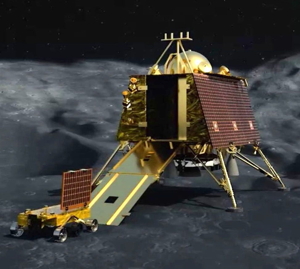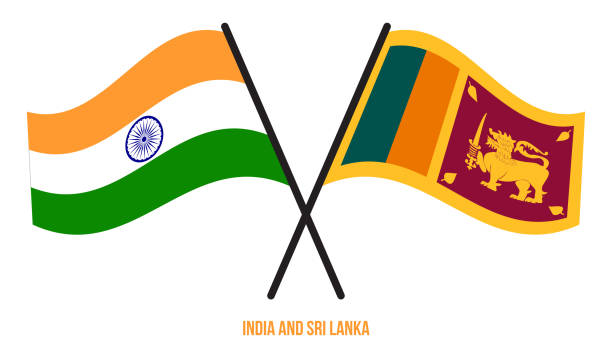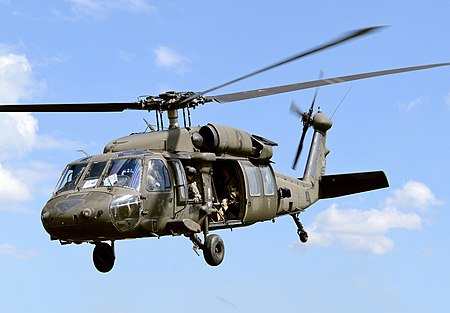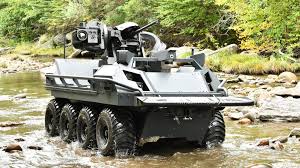The Indian Space Research Organisation (ISRO) launched the much-awaited Chandrayaan-3 mission on a GSLV Mark 3 (LVM 3) heavy lift launch vehicle from Satish Dhawan Space Center in Sriharikota, India, into an approximately 170 x 36,500 km elliptic parking orbit.
The propulsion module will bring the lander/rover into a 100 km circular polar lunar orbit and separate in August.
The lander will then touch down with the rover in the south polar region of the Moon, near 69.37 S, 32.35 E.
Touchdown is expected to occur near the end of August. Touchdown velocity is planned to be less than 2 m/s vertical and 0.5 m/s horizontal.
The propulsion module / communications relay satellite will remain in lunar orbit to enable communications with Earth.
Further, Chandrayaan 2 will also be used as a backup relay. The lander and rover are designed to operate for one lunar daylight period (about 14 Earth days).
To be noted, the Chandrayaan-3 is the third mission part of the Chandrayaan series.
Basically, this is a follow-on mission to Chandrayaan-2 to demonstrate end-to-end capability in safe landing and roving on the lunar surface. It has a lander and rover configuration.
The mission has been budgeted at Rs 615 Crores (US$77 million).
The LVM3 successfully accomplished the mission by injecting the Chandrayaan-3 mission in a precise orbit, proving its capability yet again.
All three stages performed nominally and the spacecraft separated from LVM-3, over 900 seconds post-launch from Sriharikota.
This mission will make India the fourth country to land its spacecraft on the surface of the moon and demonstrate the country’s ability for safe and soft landing on the lunar surface.
About Chandrayaan-3 Mission
Chandrayaan-3 is a follow-on mission to Chandrayaan-2 to demonstrate end-to-end capability in safe landing and roving on the lunar surface. It consists of Lander and Rover configuration.
It will be launched by LVM3 from SDSC SHAR, Sriharikota. The propulsion module will carry the lander and rover configuration till 100 km lunar orbit.
The propulsion module has Spectro-polarimetry of Habitable Planet Earth (SHAPE) payload to study the spectral and Polari metric measurements of Earth from the lunar orbit.
The mission objectives of Chandrayaan-3 are:
- To demonstrate Safe and Soft Landing on Lunar Surface
- To demonstrate Rover roving on the moon and
- To conduct in-situ scientific experiments.
For more details on specifications READ: https://thedefencespace.com/2023/04/28/isro-discloses-elaborate-details-of-chandrayaan-3-mission/
Source and Image Courtesy: https://www.isro.gov.in/





